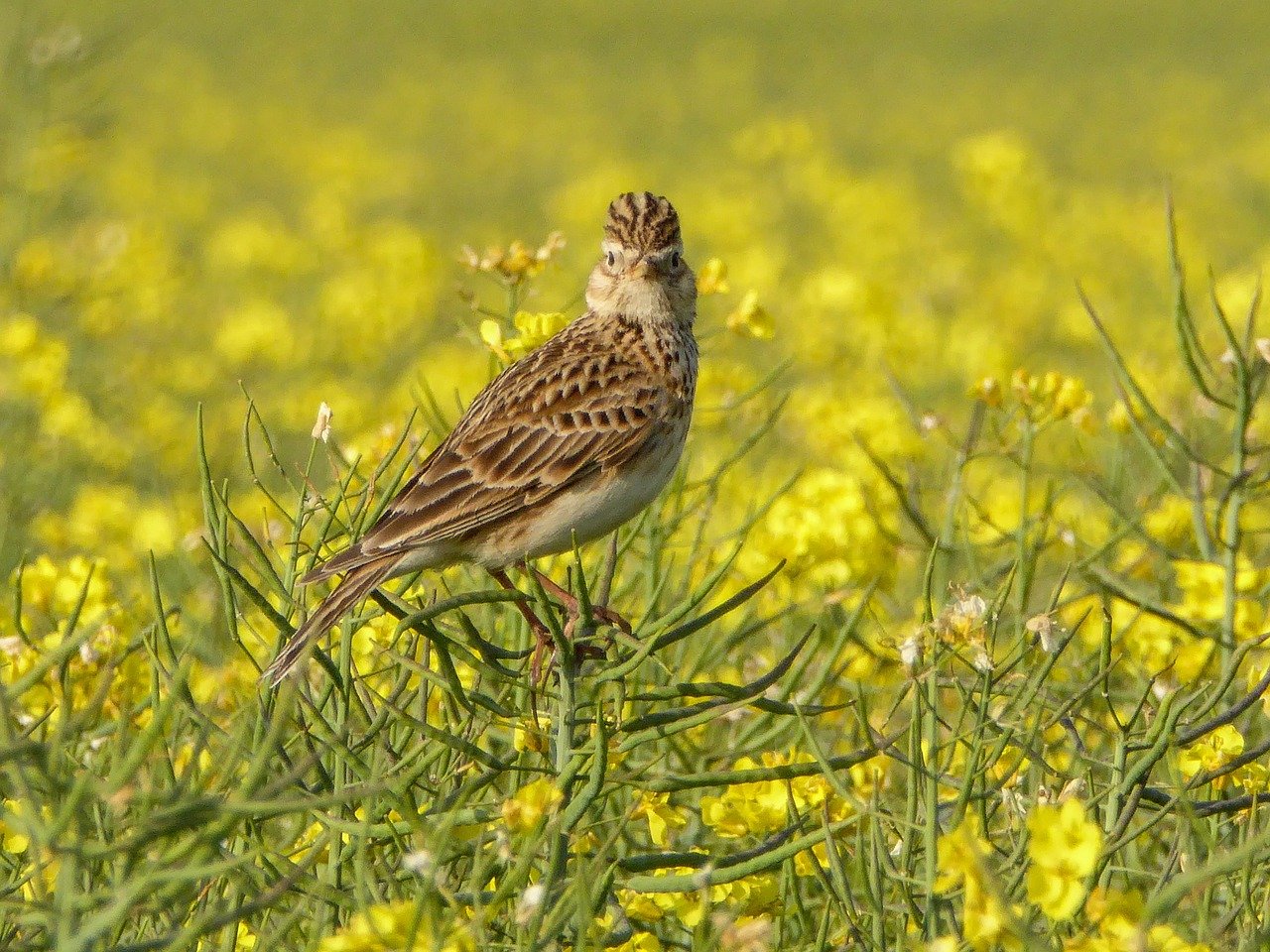Density and reproductive success of Skylarks Alauda arvensis on organic farms—an experiment with unsown Skylark plots on autumn sown cereals
DOI:
https://doi.org/10.34080/os.v21.22613Keywords:
habitat selection, vegetation cover, breeding success, agriculture, crop yieldsAbstract
Skylark plots (unsown plots; 10–25 m2 per ha) in autumn cereal fields have had positive effects on Skylark density and reproductive success on conventional farms in Britain. We tested if the same effect could be found in organic farms in Sweden by comparing paired fields with and without unsown plots in similar settings. We found that the plots had no effect. Skylark density was only associated (negatively) with field size and not with occurrence of Skylark plots, vegetation structure, yield or weed harrowing. Number of clutches per territory was affected by yield (negative) and vegetation cover (positive) but not by Skylark plots. Number of fledglings per clutch showed negative association with yield and visibility through the sward. The amount of weed was larger near Skylark plots from the preceding year than in other parts of the field. The yield (and probably vegetation density) was lower on these fields than in conventional autumn sown fields, but still negative effects of the crop (yield levels) were found.
Downloads

Downloads
Published
How to Cite
Issue
Section
License
Copyright (c) 2011 Åke Berg, Olle Kvarnbäck

This work is licensed under a Creative Commons Attribution 4.0 International License.
The copyright of each contribution belongs to the author(s), but all contributions are published under a Creative Commons license, so that anyone is free to share and reuse the contribution as long as the copyright holder is attributed.







